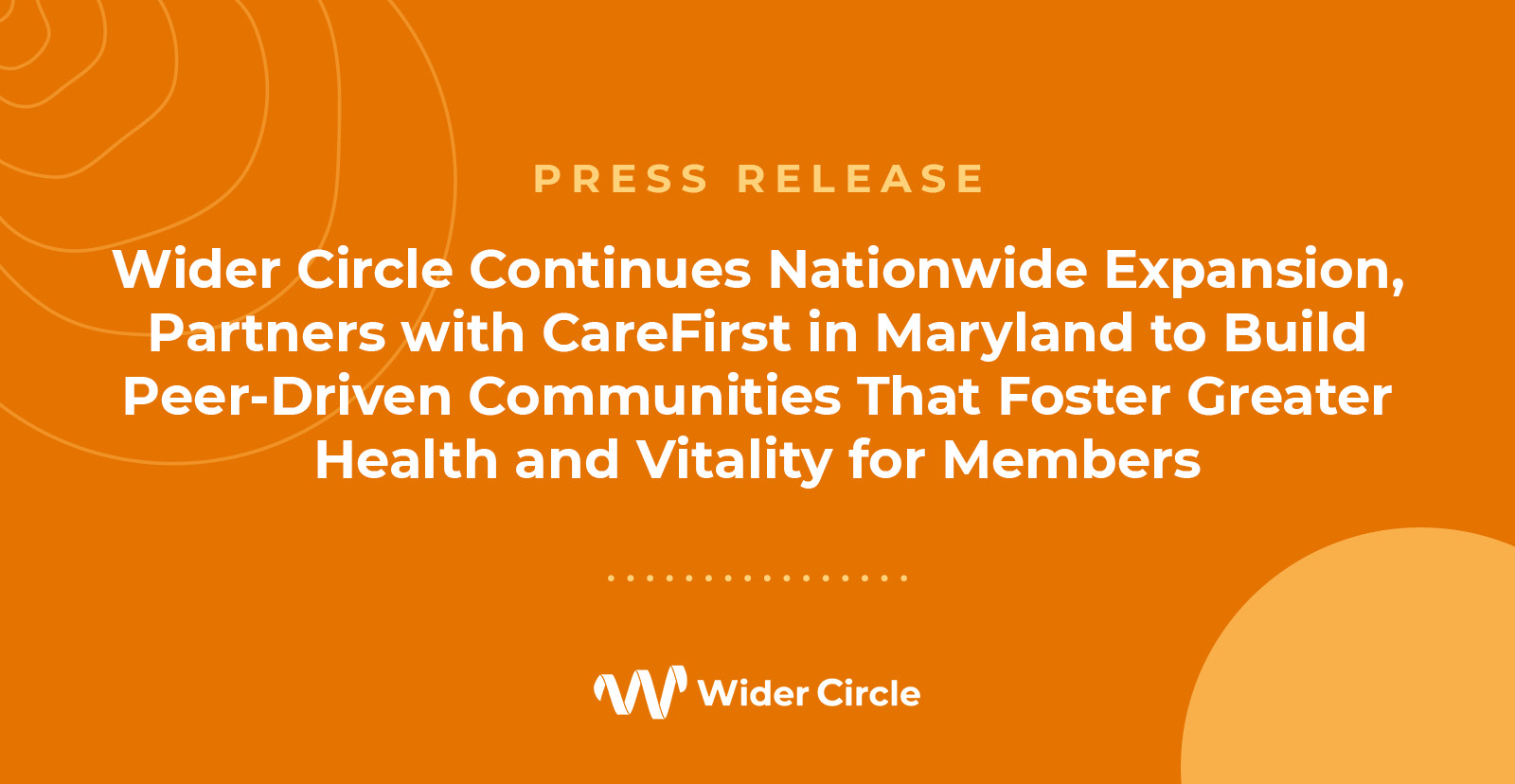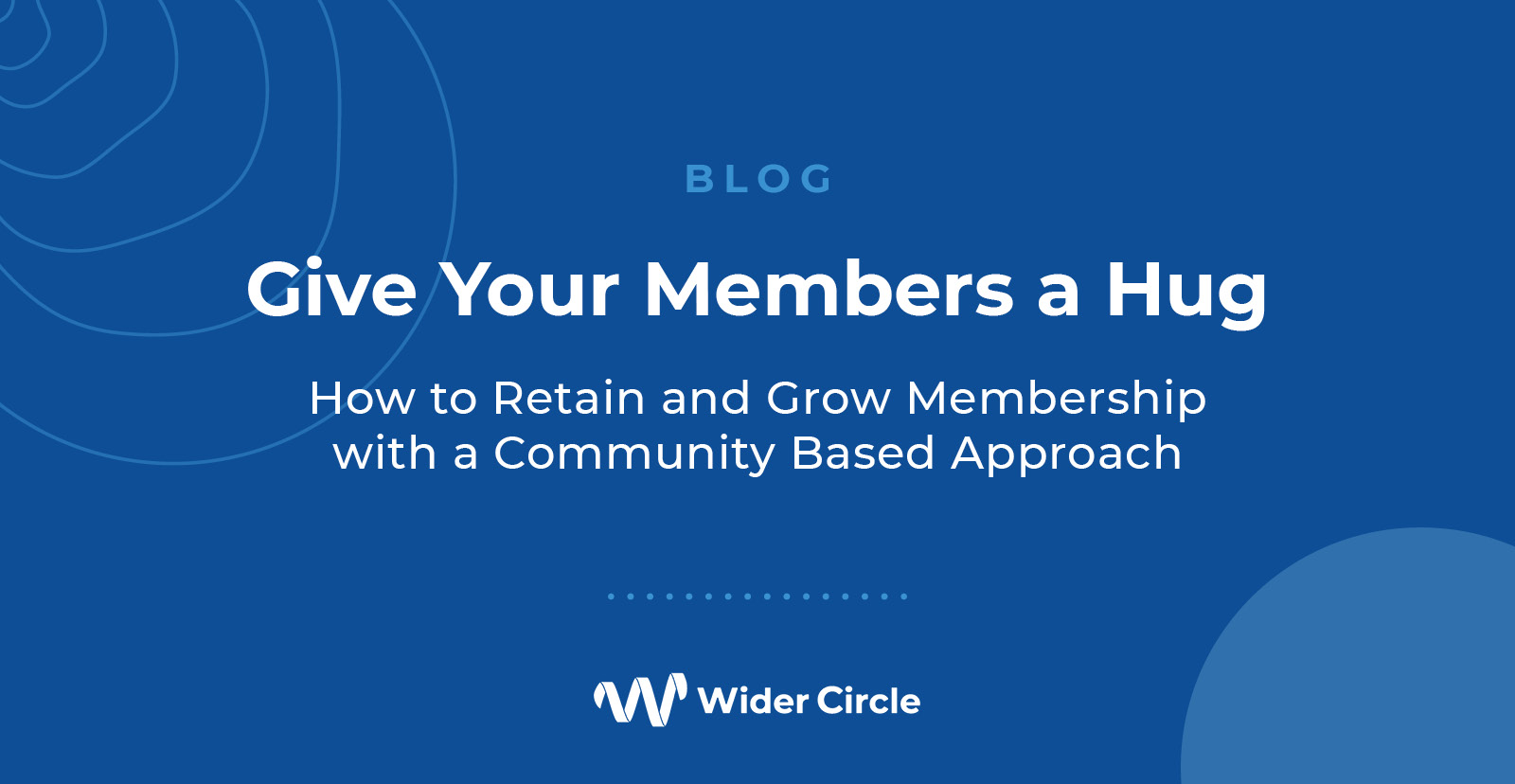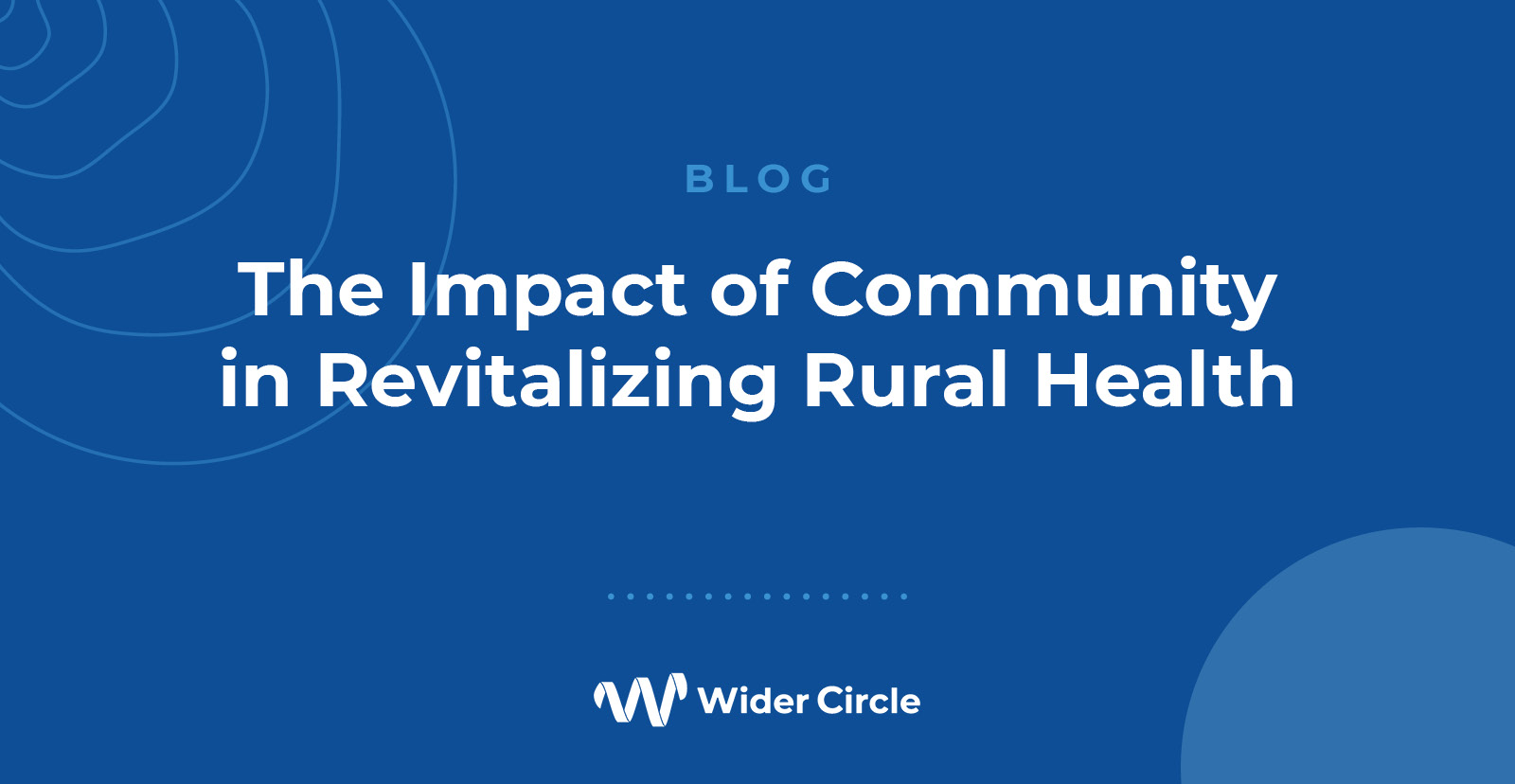
The COVID-19 pandemic has made it abundantly clear that health and the economy are inextricably linked. Healthy populations make economies stronger; strong economies contribute to healthier populations. One is not possible without the other.
Healthy populations contribute to economic growth directly by working more and delivering higher labor productivity, and indirectly by requiring less care (due to fewer illnesses). Conversely, unhealthy populations take more sick days, reducing the supply of labor—adversely affecting the GDP. When they do show up for work, they often perform far below their healthy peers, and this indirect effect (called output loss) is far greater even than the losses caused by their absenteeism.
Despite studies that have shown how better health drives economic growth, the U.S. has historically seen healthcare and health education as a cost rather than as an investment in an asset, with high potential for significant returns. This is a mistake; a recent McKinsey study estimated that the economic impact of investing in better health “could add $12 trillion to global GDP in 2040—an 8% percent or 0.4 percent a year faster growth.”
As the COVID-19 crisis has exposed the flaws in our way of thinking about healthcare, there is an opportunity to try a new approach. A first step could be investing in hyper-local programs that boost community resiliency. Communities are the “engines of recovery” and investing in their resilience is the best way to drive economic growth.
Strengthening health literacy—that is, increasing individuals’ capacity to access and understand basic health information and services needed to make appropriate health decisions—is a key part of building community resiliency. People acquire and use personal health literacy based on their social environments, so it is important to leverage programs that connect individuals to one other in a community to enhance their health literacy and improve their health. It is this social connectedness and the trust (or lack thereof) between people that build the health literacy of the community and make it truly resilient.
This is the basis of new innovative community care models, which leverage analytics and the psychology of influence to form lasting neighborhood groups (or circles), that inform, support and motivate members to achieve better health. Evidence-based studies have shown that a simple but powerful approach to creating trusted neighborhood networks can lead to dramatic improvements in participants’ health.
Investing in these kinds of innovative community care programs that are proven to be effective can be a driver and an enabler of sustainable economic growth.



